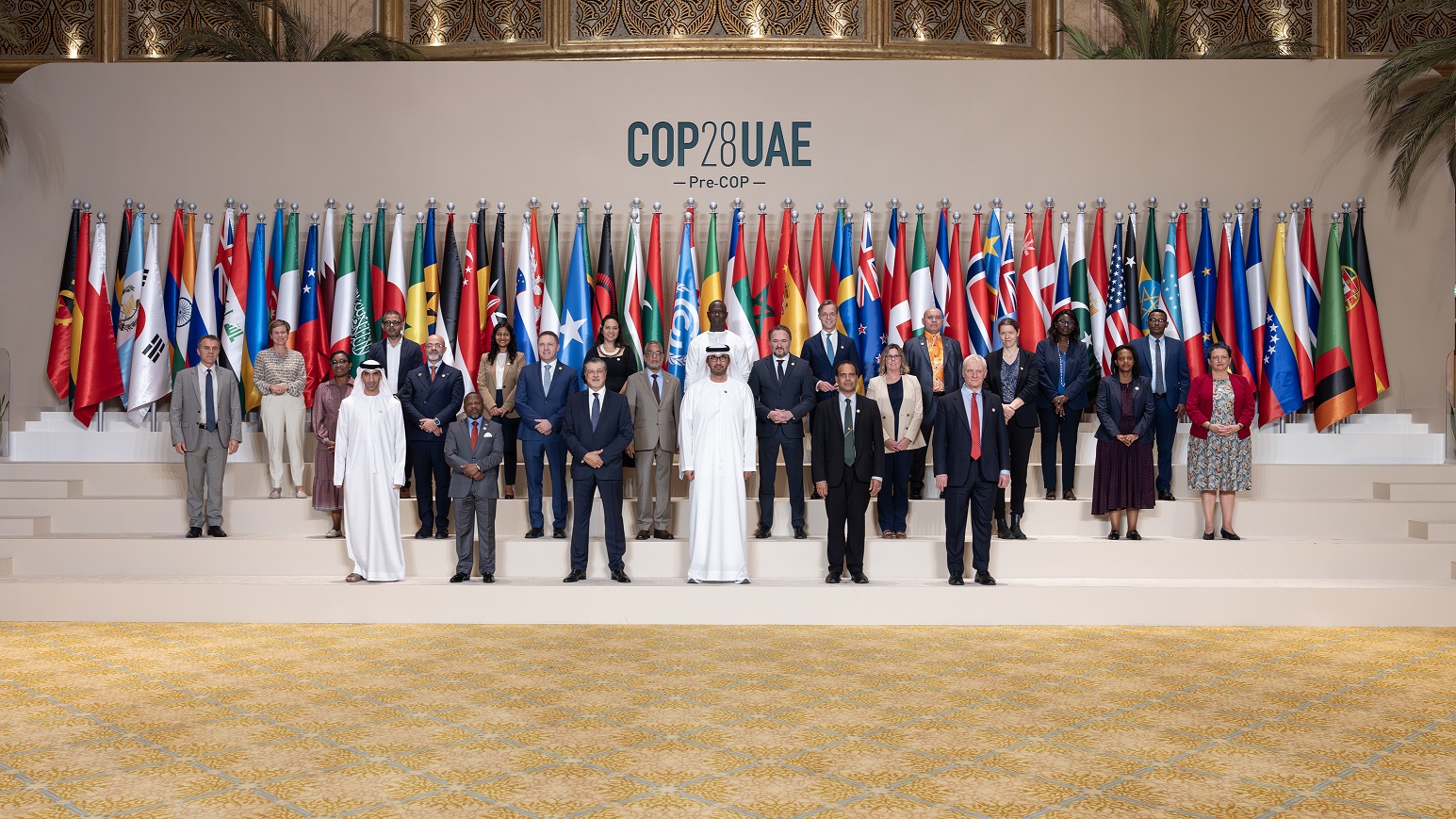- Participants agreed on the urgent need for action, and the scale and immediacy of the challenge.
- Participants noted that C&DM membership is open to all LDCs, SIDS, climate finance providers and financial institutions who wish to improve the provision of accessible, scaled adaptation finance to LDCs and SIDS. For further details please contact the C&DM secretariat at cdm@iied.org.
- Participants noted that the international climate finance system needed reform to rapidly improve support for climate vulnerable developing countries. Capacity constraints within LDCs and SIDS and the complexity of the finance landscape often led to delays in accessing finance. Multilateral and bilateral providers of finance should be urged to adjust their systems to support LDCs and SIDS’ access to adaptation finance at pace, rather than relying on developing countries to work within finance providers’ processes.
- We are faced with both a sprint and a marathon to achieve adaptation outcomes. We must address immediate needs while also building capacity to improve long term planning and implementation . Building capacity takes time and current measures to help speed up access at scale are not delivering sufficiently. To deliver access at the pace required we need flexibility while maintaining transparency and accountability.
- Monitoring and Evaluation (M&E) requirements from finance providers needed to be proportionate and realistic and would ideally be consistent across donors. At present they place unnecessary burdens on finance recipients that can paralyse their capacity to deliver.
- Programmatic approaches represented an important means of delivering scale and coherence of adaptation finance. This included taking a whole-system approach to planning adaptation needs and accessing finance, rather than tackling and financing projects one by one. Different SIDS and LDCs were at different stages of advancement. As a leading member of the C&DM, Vanuatu had relatively developed plans, as did the pioneer countries of the Taskforce on Access to Climate Finance (e.g. Jamaica and Rwanda), a programme which was an outcome the first C&DM. Learnings from these approaches should be captured and shared, while recognising the context-specific nature of adaptation.
- The lack of human resources and resulting technical capacity in many LDCs and SIDS compounded the problem. Lessons learned in international development financing have not been applied in climate finance. Local expertise should be supported and developed, including managing the poaching of key staff – particularly project managers – by international partners. The climate finance architecture currently incentivised the use of ‘fly-in-fly-out’ consultants to draft finance applications. This meant scarce funds were used to pay consultant fees, as well as leading to a lack of ownership, and therefore implementation, of the plans within government. Permitting the use of external funding for local officials’ salaries could help reduce outsourcing and build long-term local capacity.
- Many National Adaption Plans (NAPs) and Nationally Determined Contributions (NDCs) needed greater coherence, realism and prioritisation. They needed to be longer-term, more flexible in approach and designed in a way that remained stable with changes in governments. Finance ministries often had more cross government influence than other line ministries, including environment ministries. Involvement and buy in from finance ministries working alongside Ministries of Environment and other relevant line ministries was crucial to the financing and therefore implementation of national plans.
- An ‘NDC 3.0’ process could combine NAPs and NDCs, and take action to turn them into more investable propositions, e.g. by engaging domestic and international investors on strategies and business models for financing and implementation. Few countries had costed plans with clear indicators, and it was unclear how investors currently accessed or made decisions on investment in these plans. Vulnerability scoring would be helpful.
- We regularly saw that effective adaptation was driven from the local level. But the current financial architecture did not empower local level action: why should my grandmother adapt to the bank – the bank should adapt to my grandmother. The innovative approach taken by initiatives like LIFE-AR (the LDC Initiative for Effective Adaptation and Resilience) and LoCAL (the Local Climate Adaptive Living Facility) builds trust with recipient communities; it should be further developed.
- Several participants noted that new sources of grant finance needed to be identified and drawn upon, including alternative financing methods such as fossil fuel levies.
- There was a clear need to draw on local, domestic and international private sector finance as well as – but not replacing – public finance. Public finance had a key role to play in helping build an enabling environment and mobilising private sector investment. We needed an ‘everything, everywhere, now’ approach in terms of traditional, new and innovative sources of climate finance, with these acting in conjunction to finance national and local priorities. The Wilton Park event saw a range of proposals put forward on strengthening private sector engagement in adaptation finance.
- There was a need to mainstream adaptation and resilience within existing private finance flows. For example, supporting local SMEs such as agribusiness to uptake more climate resilient practices; ensuring that investment in schools, homes and hospitals was better aligned with increasing climate stresses and shocks; ensuring that city mayors and planning processes created regulation that aligned urban expansion with extreme heat and other climate risk factors; and ensuring that adaptation was integrated into PPPs for critical energy, water and transport infrastructure.
